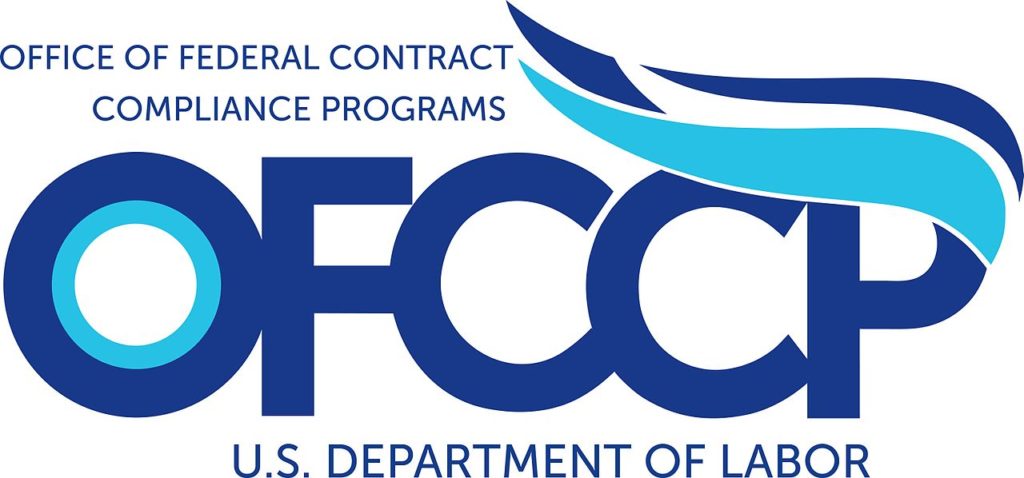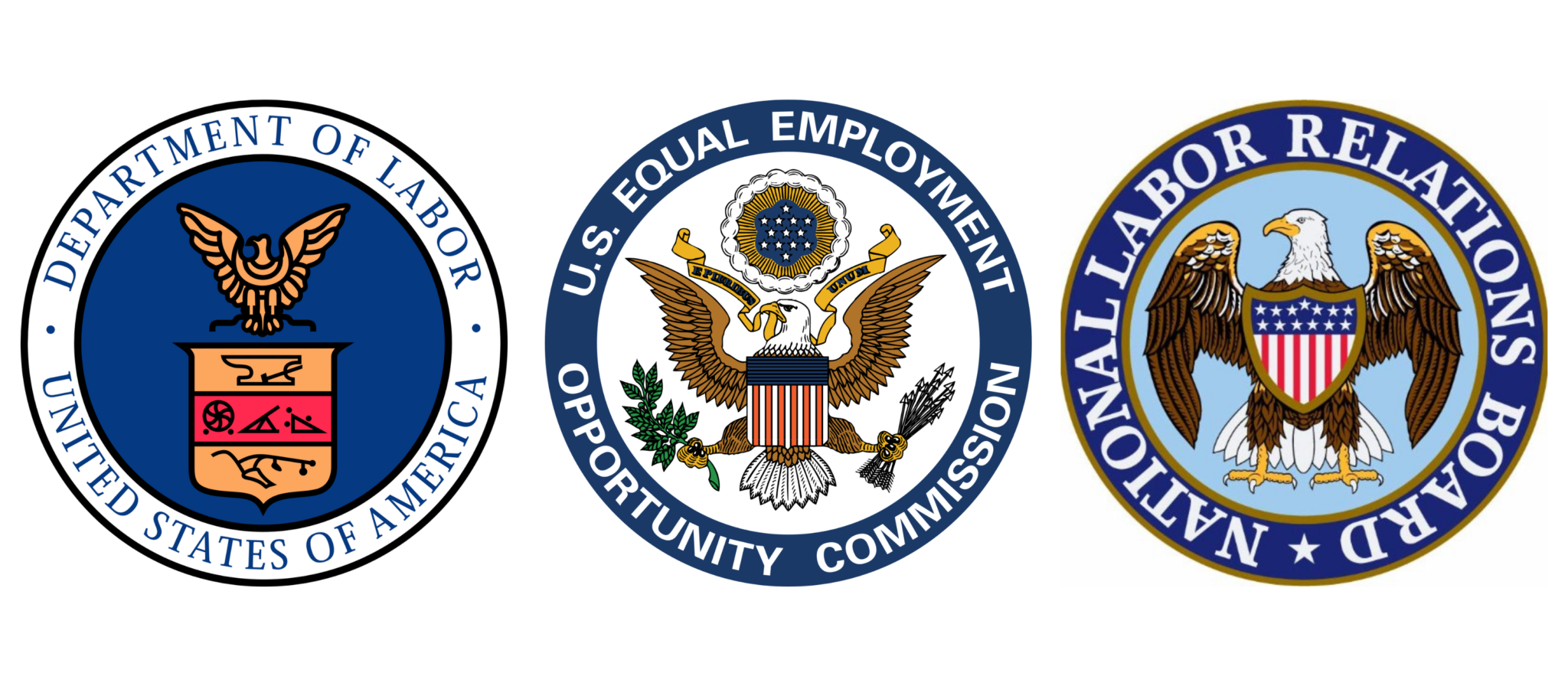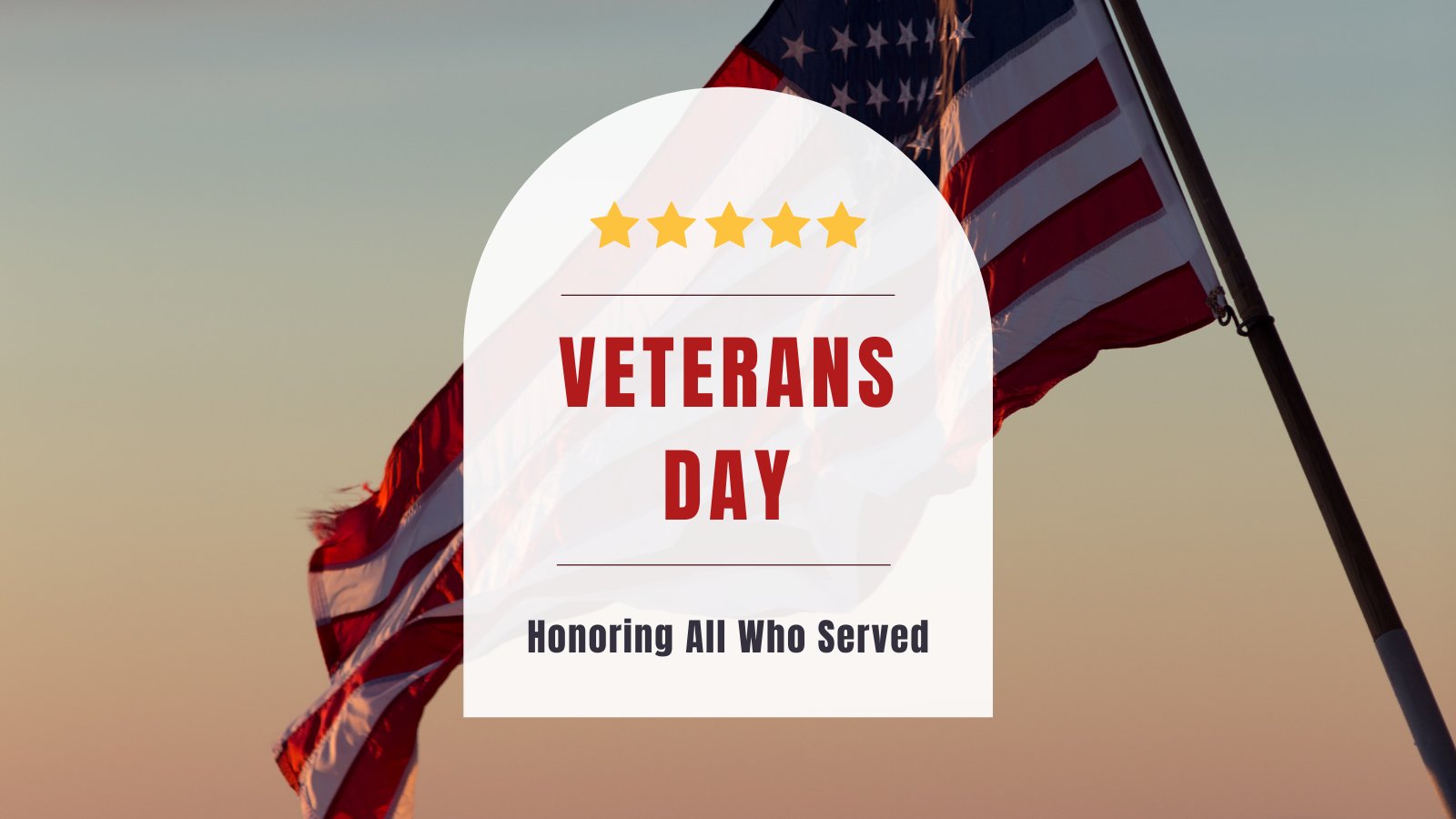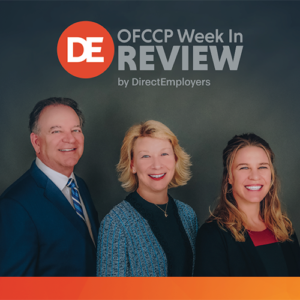
- NLRB Counsel Seeks To Protect Immigrant Workers Rights
- Fifth Circuit Court of Appeals Blasted and Enjoined the OSHA ETS in a Harsh Order; The List of Lawsuits Challenging Biden’s COVID-19 Vaccination Mandates Continues to Grow
- EARN Website Gets A Redesign
- OFCCP Published Its NPRM to Rescind the Trump Religious Discrimination Exemption Rule, As Predicted Last Week
- Six New Countries Eligible For H-2 Visa Programs
- Federal Contractor Guidance Updated to Include New Fully Vaccinated Deadline
- NILG Comments On The Collection Of Pay Data
- Comment Now On The Issuance of “Consequential Damages” To Employees Per The NLRB
- NLRB, EEOC, and USDOL Join Forces To Use Their “Bully Pulpits” to Combat Workplace Retaliation: No Substantive Requirements Planned
- USVETS Honors 849 Companies With 2021 Hire Vets Medallion Awards!
- Honoring Our Military Veterans
- USDOL Seeks to Reverse Yet Another Trump Rule: Industry-Recognized Apprenticeship Programs Now on the Chopping Block: Ping-Pong
Monday, November 8, 2021: NLRB Counsel Seeks To Protect Immigrant Workers Rights
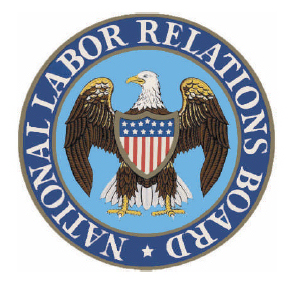
In the 11-page document Abruzzo,
“[lays] out the policies and procedures related to effectively serving the particularized needs of immigrant communities [meaning illegal aliens] (working in the United States) and to ensuring that the NLRB is not only accessible to all workers who seek our assistance, but is also a safe place where they are treated with dignity, without regard to immigration status or work authorization.”
The memo includes the following sections:
- Safe, Accessible, and Dignified Engagement with the NLRB
- Investigation and Litigation Practices that Fully Effectuate the Act in Matters Involving Immigrant Workers
- Meaningful Interagency Engagement
- Training Opportunities Within the NLRB and With Our Partners
Among other things, Abruzzo states,
“The NLRB has long recognized that an employer’s abuse of members of vulnerable communities who engage in protected, concerted activities under the Act provokes concern among them about seeking the assistance of, or providing evidence to, the NLRB. It is for this reason that the Agency has been a USCIS-recognized certifying law enforcement agency for many years. I remain committed to this role and, as such, I will certify requests for U and T petitions for individuals who have been helpful to a NLRB investigation or litigation, and have suffered harm as a victim of a qualifying crime.” [citation omitted]
In The Know
According to the USDOL, U and T visas can defer deportment from the United States and allow the illegal alien to obtain temporary benefits while continuing to work in the U.S. illegally:
- “U nonimmigrant visas provide legal status to victims of an enumerated list of “qualifying criminal activities” who have suffered substantial physical or mental abuse, and possess information concerning that crime, and who have been, are being, or are likely to be helpful to law enforcement or government officials.
- T nonimmigrant visas provide legal status to certain victims of human trafficking who assist law enforcement authorities in the investigation or prosecution of trafficking crimes.”
Tuesday, November 9, 2021: Fifth Circuit Court of Appeals Blasted and Enjoined the OSHA ETS in a Harsh Order; The List of Lawsuits Challenging Biden’s COVID-19 Vaccination Mandates Continues to Grow
- Critics of The Mandates All Around, Including Allies of The President: Legal Tag-Team Match in The Making
- Litigants Put Forward Many Different Theories of Law: Beyond “Kitchen Sink” Pleading
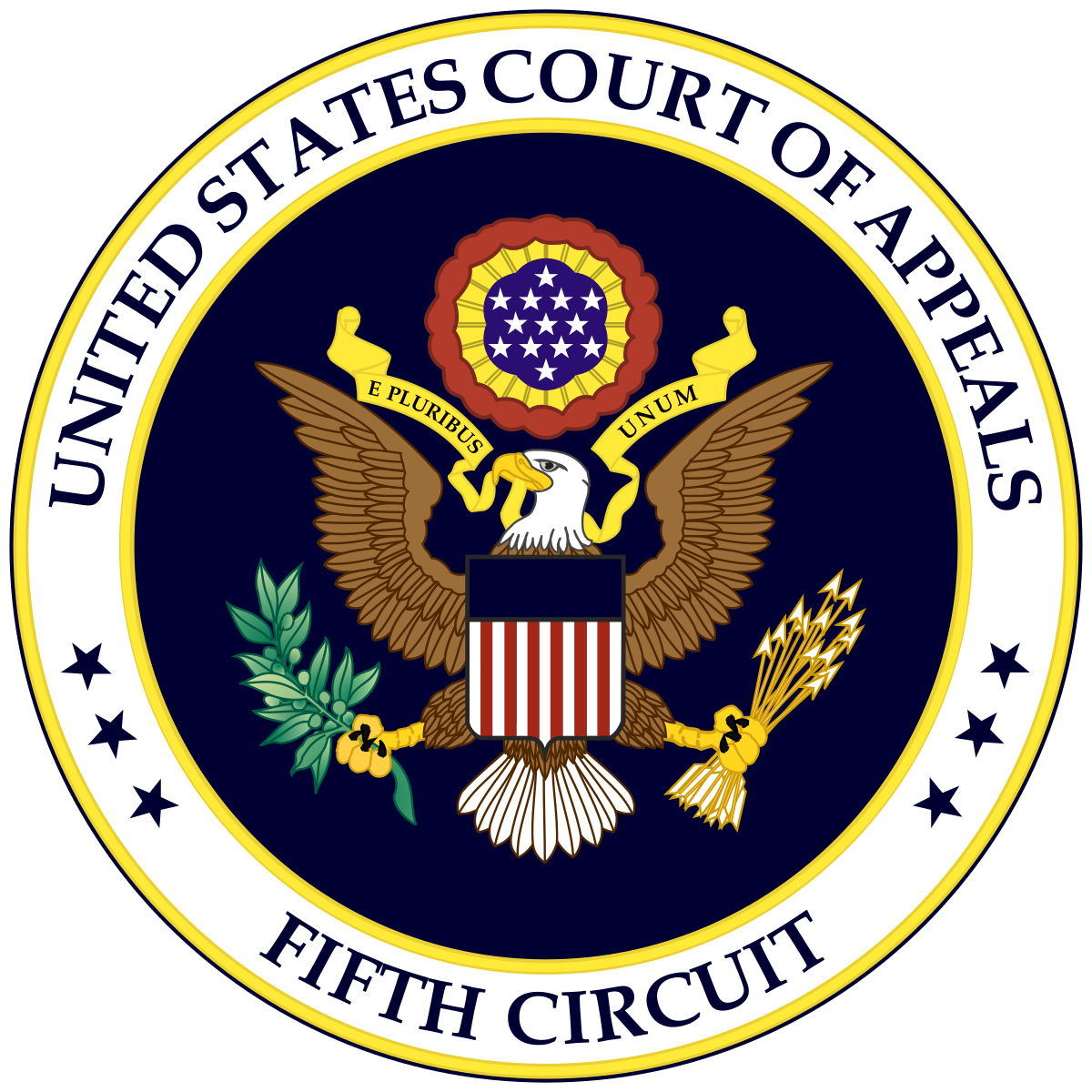
With the deadlines for all Biden vaccination mandates now pushed back to January 4, 2022 for the jab, and January 18, 2022 at which time the vaccination will be fully effective and employees to be thus “fully vaccinated,” and with the injunction pending against the OSHA ETS, employers nationwide may now catch their breath and watch to see which of these vaccination mandates will survive judicial review, if any.
The litigants have lodged many different legal theories in their many different lawsuits. We catalogue the lawsuits, link to the Complaints in those cases and provide, below, a very short description of the legal challenge those Complaints raise.
Executive Order 14042 (federal contractors/subcontractors)
- Significantly, no federal contractor or federal contractor trade association has (yet) filed suit to block President Biden’s Executive Order 14042 (which seeks to impose a vaccination mandate on federal contractors and federal subcontractors merely because they are party to a federal contract or federal subcontract).
- State of Missouri, et al. v. Biden, et al., Case No. 4:21-cv-01300 (E.D. Mo. October 29, 2021). Missouri, Nebraska, Alaska, Arkansas, Iowa, Montana, New Hampshire, North Dakota, South Dakota, and Wyoming bring suit seeking to overturn Executive Order 14042 mandating COVID-19 vaccination for all employees of federal contractors. The states contend the mandate violates the Federal Procurement Act, usurps the states’ police powers in violation of the 10th Amendment, and violates the procedural and substantive requirements of the Administrative Procedure Act.
- Texas v. Biden, et al., Case No. 3:21-cv-00309 (S.D. Tx. October 29, 2021). Texas alleges Executive Order 14042 and the Task Force Directive are ultra vires acts of the President and federal personnel that fail to comply with the notice and comment requirements for agency action, exceed statutory authority, and violate the U.S. Constitution.
- Florida v. Biden, et al., Case No. 8:21-cv-02524 (M.D. Fl. October 28, 2021). Florida alleges the vaccine mandate imposed on federal contractors is in excess of the agency’s authority, fails to comply with the notice and comment requirements for agency action, is an arbitrary and capricious agency action, violates the U.S. Constitution, and is an ultra vires act of the President.
- Georgia, et al. Biden, et al., Case No. 1:21-tc-05000 (S.D. Ga. October 29, 2021). Seven states and various state governors and state agency heads within the states bring suit seeking injunctive relief and declaratory judgment against the COVID-19 vaccine mandate for employees of federal contractors. The plaintiffs allege violation of the Federal Procurement Act and federal procurement policy, violation of the U.S. Constitution and the non-delegation of legislative powers to Congress, unconstitutional exercise of the spending clause, and procedural and substantive violation of the Administrative Procedures Act.
Executive Order 14043 (federal employees)
- American Federation of Government Employees Local 501, et al. v. Biden, et al., Case No. 1:21-cv-23828 (S.D. Fl. October 30, 2021). Unions representing federal prison employees filed a lawsuit alleging Executive Order 14043 and policies resulting therefrom requiring COVID-19 vaccination for all federal employees deprive employees of their due process rights under the 14th Amendment, as well as the employees’ 14th Amendment right to privacy, self-autonomy and personal identity. They also contend the Executive Order violates the Privacy Act of 1974, the Administrative Procedure Act, and the equal protection component of the Fifth Amendment to the U.S. Constitution.
- Costin, et al. Biden, et al., Case No. 1:21-cv-02484 (D.D.C. September 23, 2021). Military personnel and other federal employees brought suit seeking relief from Executive Order 14042 and 14043. The plaintiffs allege violation of:
- their substantive due process rights the equal protection component of the Fifth Amendment to the U.S. Constitution protects,
- 21 U.S.C. § 360bbb-3 (which prohibits the introduction or delivery into interstate commerce of any new drug or biological product until the FDA has approved it),
- the federal Administrative Procedure Act, and
- the Religious Freedom Restoration Act.
- Rodden, et al. Fauci, et al., Case No. 3:21-cv-00317 (S.D. Tx. November 5, 2021). Putative class of federal employees brought suit against Executive Order 14043 based on its failure to consider natural immunity from prior diagnosis of COVID-19 as exempt from vaccination requirements. They contend the Executive Order violates their right to refuse unwanted and medically unnecessary care, their right to due process and equal protection of the laws pursuant to the 5th Amendment, the Administrative Procedure Act, and is contrary to federal statutory law.
OSHA ETS
- Texas, et al. Walsh, et al., no case number assigned yet (5th Cir. November 5, 2021). Five states and several private employers seek court review of OSHA’s ETS challenging the validity of the ETS. On Saturday, November 6th, the United States Court of Appeals for the Fifth Circuit issued a temporary stay of the ETS based on its opinion the plaintiffs had raised “grave statutory and constitutional issues with the Mandate.” Following accelerated briefing by OSHA and the petitioners, on Friday November 12th a three-member panel for the Fifth Circuit issued a 22 page order sternly continuing its stay of the ETS pending review and hearing on the petition and instructing OSHA to take no steps to implement or enforce the ETS until further court order. This is a very tough, bruising and stinging opinion for OSHA which is highly critical of the agency for using the Emergency Temporary Standard form of regulation and accuses the Biden Administration of contriving to find a way to control the workplace with no mandate itself (no pun intended) from the United States Congress. The Court found that OSHA was not intended to issue regulations on matters of public health beyond the workplace, and that OSHA’s issuance of the proposed ETS placed a heavy financial burden upon private employers and threatened to encumber the employers’ workforces. Thus, the Court held petitioners were likely to succeed on the merits of their petition and suffer irreparable harm given its belief OSHA had not shown a “grave danger” existed necessitating the need for the ETS. This decision foretells a coming “bad” decision for OSHA when this three-Judge panel of the Fifth Circuit next considers the merits of the lawsuit on a timetable yet to be established.
- Missouri, et al. v. Biden, et al., no case number assigned yet (8th November 5, 2021). Eleven states and several religious organizations filed suit seeking court review of OSHA’s Emergency Temporary Standard as an overreach of federal authority given that compulsory vaccination lies only within the police powers of the individual states, and OSHA’s justification for the mandate is not supported by the evidence.
- Florida, et al. OSHA, Case No. 21-13866 (11th Cir. November 5, 2021). Three states, religious schools, and employer associations seek court review of OSHA ETS on grounds the ETS exceeds OSHA’s statutory authority, fails to comply with the standards for issuing an ETS, and conflicts with the First Amendment and the Religious Freedom Restoration Act.
- Kentucky, et al. v. OSHA, et al., no case number assigned yet (6th November 5, 2021). Seven states seek court review and a stay of the ETS alleging Congress did not delegate to OSHA the power to issue emergency temporary standards as to risks equally prevalent at work and in society at large, and that the ETS prohibits states from enacting and enforcing their own policies pursuant to their police powers.
- Bentkey Services, LLC dba The Daily Wire v. OSHA, no case number assigned yet (6th Cir. November 4, 2021). Conservative media company seeks court review of the ETS.
- Brnovich v. Biden, et al., Case No. 2:21-cv-01568 (D. Az. September 14, 2021). Filed even before the OSHA ETS was published, Arizona’s Attorney General brings suit for declaratory relief alleging equal protection violations due to an unconstitutional preference for unauthorized aliens over U.S. citizens as to freedom from COVID-19 vaccination. S. District Court Judge Michael Liburdi denied the request for relief on November 10th, but granted plaintiff leave to file an amended Complaint.
CMS Interim Final Rule (healthcare providers receiving Medicare and Medicaid)
- Missouri, et al. v. Biden, et al., Case No. 4:21-cv-01329 (E.D. Mo. November 10, 2021). Virtually the same states that brought the November 5th suit cited above against the Biden Administration as to Executive Order 14042 also five days later brought a separate claim against the CMS Interim Final Rule. They allege the Interim Final Rule substantively and procedurally violates the Administrative Procedure Act, violates the Social Security Act by taking action without notice and comment, violates 42 U.S.C. § 1395z because the CMS failed to consult with the appropriate state agencies, violates 42 U.S.C. § 1302 by failing to prepare a regulatory impact analysis, is an unconstitutional exercise of the government’s spending power, violates the anti-commandeering doctrine which prohibits the federal government from compelling states to implement federal regulatory programs, and violates the Tenth Amendment.
Tuesday, November 9, 2021: EARN Website Gets A Redesign
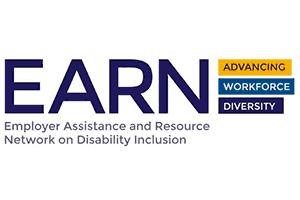
The redesign highlights four essential components of the employment lifecycle (recruitment, hiring, retention, and advancement). It explores how including individuals with disabilities in each area helps employers meet their workplace diversity, equity, inclusion, and accessibility goals. Resources available include:
- online training courses,
- checklists,
- policy guides,
- videos, and
- recorded webinars on issues related to disability inclusion.
The site also offers information on workplace mental health, employment issues related to coronavirus, inclusive telework, federal contractor requirements, and the benefits of neurodiversity in the workplace.
EARN is supported cooperatively by the U.S. Department of Labor’s Office of Disability Employment Policy (ODEP) and Cornell University. Celebrating its 20th anniversary in 2021, ODEP promotes policies and coordinates with employers and all levels of government to increase workplace success for individuals with disabilities.
Tuesday November 9, 2021: OFCCP Published Its NPRM to Rescind the Trump Religious Discrimination Exemption Rule, As Predicted Last Week
Here is the Proposal OFCCP published in the Federal Register the day after our November 8, 2021 Week In Review published an article about the Proposal’s coming publication.
Remember: OFCCP must receive your Comments ”on or before December 9, 2021.”
Wednesday, November 10, 2021: Six New Countries Eligible For H-2 Visa Programs
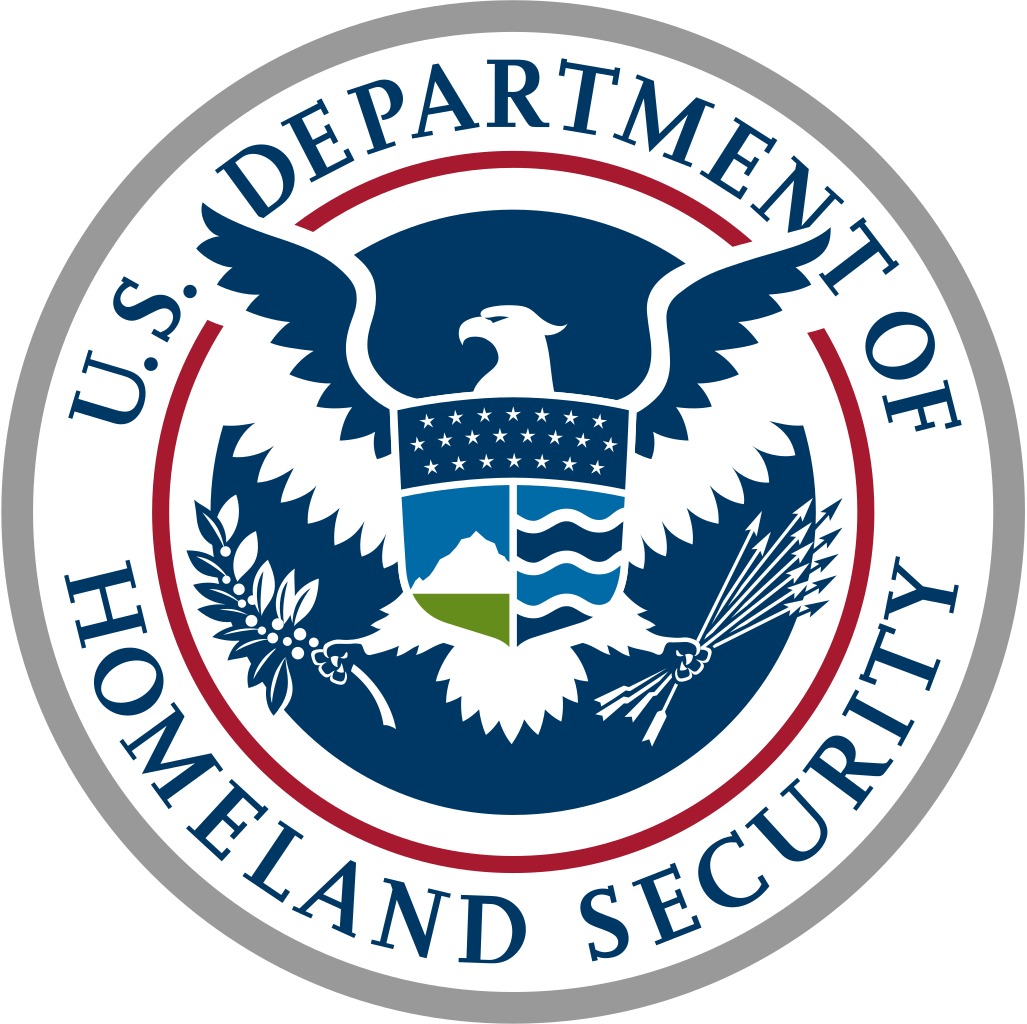
“The Department of Homeland Security is committed to working with our interagency partners to ensure that companies in the United States can fill temporary or seasonal jobs for which U.S. workers are not available,” said Secretary Alejandro N. Mayorkas. “Adding these six new countries will enable their nationals to apply for temporary work in the United States.”
With the Notice, the Secretary of Homeland Security, with the concurrence of the Secretary of State, has decided to:
- Add Bosnia and Herzegovina, the Republic of Cyprus, the Dominican Republic (currently only eligible for the H-2A program), Haiti, Mauritius, and Saint Lucia to the list of countries eligible to participate in the H-2A and H-2B programs; and
- No longer designate Moldova as an eligible country for the H-2A visa program because it no longer meets the regulatory standards for that program. However, Moldova’s eligibility for the H-2A program remains effective until Jan. 18, 2022.
See the press release for the complete list of eligible countries.
In The Know
The DHS maintains its authority to add eligible countries at any time and decide not to redesignate any country at the end of the designated one-year period.
The H-2A and H-2B visa programs allow U.S. employers to bring foreign nationals to the United States to fill temporary agricultural and nonagricultural jobs, respectively. Typically, USCIS approves H-2A and H-2B petitions only for nationals of countries that the Secretary of Homeland Security has designated as eligible to participate in the programs. However, USCIS may approve H-2A, and H-2B petitions, including those pending as of the date of the Federal Register Notice, for nationals of countries not on the list on a case-by-case basis only if doing so is determined to be in the interest of the United States.
Wednesday, November 10, 2021: Federal Contractor Guidance Updated to Include New Fully Vaccinated Deadline

What Changed in the Guidance?
The Vaccination Deadline. Per the previous Guidance, President Biden’s initial deadline for employees of federal contractors to be fully vaccinated was December 8, 2021 as we discussed in this September 27, 2021 WIR. However, on November 8, 2021, President Biden suddenly issued a Press Release (no kidding) and set out a new January 4, 2021 mandatory vaccination deadline (i.e., the deadline to get the jab) operating across all vaccine mandates he has ordered up. The second deadline set in that Press Release is to occur two-weeks later for federal contractor and subcontractor employees to be “fully” vaccinated (i.e., it takes 2-weeks for the vaccination to become medically effective at full strength).
Our WIR story for November 8, 2021 documented this latest change of dates in the remarkable, not only non-Legislative but also non-regulatory, journey of two of the four of these controversial vaccination mandates: The White House Issued a Press Release Relaxing the December 8, 2021 Employee Vaccination or Termination “Requirement” Applicable to Federal Contractors and Subcontractors to January 4, 2022. This pushback eased public discontent with the unpopular mandatory vaccination deadlines and made the otherwise resulting hodge-podge of vaccination deadlines uniform across all four of the vaccination mandates President Biden has ordered.
Bottom Line
The new vaccination deadline for covered contractors/subcontractors is January 4, 2022, making the “fully vaccinated” deadline January 18, 2022.
The Guidance document is also noticeably shorter than previous incarnations (nine vs. the original 14 pages) because the FAQs are no longer listed. Instead, that section provides a link to the FAQs as the Taskforce continues to frequently revise and update its FAQs. (This is one reason, for example, federal law for 75 years has required federal agencies taking actions which have a material effect on the regulated community to do so via formal Rulemaking. Just having backroom meetings to take one’s best shot at it in good faith is not proper government since the advent of FDR’s “New Deal” three-quarters of a century ago and the rise of the Executive Branch of the federal government.)
What Changed in the FAQs?
Vaccinations and Safety Protocols
New: Is there sample signage that a covered contractor can post at entrances to covered contractor workplaces providing information on safety protocols?
A: “Yes. Covered contractors should post signage at entrances to covered contractor workplaces providing information on safety protocols for fully vaccinated and not fully vaccinated individuals and instruct individuals to follow the appropriate workplace safety protocols while at the covered contractor workplace. Sample signage for areas of high or substantial levels of community transmission can be found here. Sample signage for areas of low or moderate levels of community transmission can be found here.”
Updated: Are there circumstances that the CDC recommends delaying full vaccinations for COVID-19? (revised to indicate the new “deadline” of January 18, 2022)
A: “Yes…In circumstances in which delay pursuant to these clinical considerations means that a covered contractor employee is not fully vaccinated as of the vaccination requirement implementation date of January 18, 2022, or at the time that covered contractor employees begin work on a covered contract or at a covered workplace, the covered contractor should require that individual to become fully vaccinated promptly after clinical considerations no longer recommend delay.” [emphasis added]
Workplaces
Updated: Are the workplace safety protocols set out in the Task Force Guidance for Federal Contractors and Subcontractors the same irrespective of whether the work is performed at a covered contractor workplace or at a Federal workplace? (revised to indicate the new date of January 18, 2022)
A: “Yes… Because covered contractor employees working on a covered contract need to be fully vaccinated after January 18, 2022, covered contractor employees who work only at a Federal workplace need to be fully vaccinated by that date as well, unless legally entitled to an accommodation.” [emphasis added]
Wednesday, November 10, 2021: NILG Comments On The Collection Of Pay Data

In discussion with the Panel, the NILG questioned the burden imposed on employers to meld data elements and asked how the EEOC and OFCCP plan to use the data. The NILG also raised issues concerning the confidentiality and security of the data, workers declining to self-ID, and non-binary and transgender employee reporting.
Wednesday, November 10, 2021: Comment Now On The Issuance of “Consequential Damages” To Employees Per The NLRB

Current Process
The Board’s traditional remedy for unlawful layoffs or terminations requires that employees be reinstated to their previous or substantially equivalent positions and be “made whole” for their loss of earnings and benefits, along with the search-for-work and interim employment expenses they incurred because of the unlawful conduct.
Proposed Process
The Board is considering whether to establish a practice of awarding a fuller accounting of “consequential damages,” in addition to the loss of earnings and benefits, to employees who suffer unfair labor practices.
Feedback Requested
The Board seeks invited parties and amici to submit briefs (members of the public at large are not invited to comment) on the following questions:
- Should the Board modify its traditional make-whole remedy in all pending and future cases to include relief for consequential damages, where these damages are a direct and foreseeable result of a respondent’s unfair labor practice?
- Alternatively, should the make-whole remedy include relief for consequential damages only upon findings of egregious violations by a respondent?
- If consequential damages are to be included in make-whole relief, how should they be proved, and what would be required to demonstrate that they are a direct and foreseeable result of an employer’s unfair labor practice?
- What considerations support making the proposed change to the Board’s traditional make-whole remedies?
- What considerations support retaining the Board’s traditional exclusion of consequential damages from its make-whole remedies?
Feedback Logistics
The deadline to file a brief (under 20 pages) with the Board in Washington D.C. is on or before Monday, December 27, 2021.
The parties (but not amici) may then file responsive briefs (under 30 pages) on or before Tuesday, January 11, 2022. The Board will not accept any other responsive briefs.
Wednesday, November 10, 2021: NLRB, EEOC, and USDOL Join Forces To Use Their “Bully Pulpits” to Combat Workplace Retaliation: No Substantive Requirements Planned
We reported in February that “Retaliation Remained the Top EEOC Charge in FY 2020.” In addition, retaliation also takes the top Complaint percentage for the OFCCP (see “Complaints Received by Employment Practice”). As such, the National Labor Relations Board (NLRB), U.S. Department of Labor (USDOL), and the Equal Employment Opportunity Commission (EEOC) announced a joint initiative to raise awareness about retaliation issues when employees exercise their protected labor rights.
The initiative will include collaboration among these civil law enforcement agencies, building on their existing Memoranda of Understandings. The Agencies aim to:
- protect workers on issues of unlawful retaliatory conduct,
- educate the public, and
- engage with employers, business organizations, labor organizations, and civil rights groups in the coming year.
The first event in the initiative is a virtual dialogue among the three agencies.
Wednesday, November 17, 2021
11:00 am – 12:30 pm EST
Ending Retaliation, Promoting Employer Rights
Panelists include EEOC Chair Charlotte A. Burrows, DOL Solicitor Seema Nanda, NLRB General Counsel Jennifer Abruzzo, and DOL’s Wage and Hour Division Acting Administrator Jessica Looman. The discussion will center around the ways that employers can identify and combat retaliation in the workforce.
“Retaliation is a persistent and urgent problem in American workplaces. Charges alleging retaliation have increased as a percentage of the total number of charges filed with the U.S. Equal Employment Opportunity Commission every year for the last 20 years,” said U.S. Equal Employment Opportunity Commission Charlotte A. Burrows. “Together, working with our interagency partners and with employers, we must tackle this urgent problem and help ensure that employers have effective strategies for taking immediate action to stop retaliation.”
Wednesday, November 10, 2021: USVETS Honors 849 Companies With 2021 Hire Vets Medallion Awards!

The USDOL VETS Veterans’ Medallion award program began in 2018. Since that time, the Department has presented more than 2,200 HIRE Vets Medallion Awards to more than 1,400 employers.
U.S. Secretary of Labor Marty Walsh interviewed representatives from three of the winning organizations. Long-time DirectEmployers Member USAA was one of those employers. Michael Kelly, Assistant Vice President of Military Advocacy, spoke on behalf of USAA. Mr. Kelly, an Air Force Veteran, shared some of the great programs USAA is currently implementing to recruit and promote U.S. veterans and which programs have allowed USAA to win the award three years in a row!
Of the 849 winners, 48 employers have won the award in each of the four years the award program has operated. In addition, 108 companies have won in three of the four years, and 380 employers are first-time winners this year.
The HIRE Vets Medallion Award honors both Platinum and Gold levels to small, medium, and large employers. USDOL VETS assesses award nominees on criteria including veteran hiring and retention, providing veteran-specific resources, leadership programming, dedicated human resources, compensation programs, and tuition assistance programs.
The application process for the 2022 award opens on January 31, 2022.
Thursday, November 11, 2021: Honoring Our Military Veterans
Every year on November 11th, we honor all military veterans who have served in the United States Armed Forces. This federal holiday coincides with Armistice Day and Remembrance Day, which marks the end of World War I. These observances reflect the end of significant hostilities at the 11th hour on the 11th day of the 11th month of 1918, when the Armistice with Germany took effect. Initially, the United States observed Armistice Day as well. However, it evolved into the current Veterans Day celebration in 1954.
Understanding Veterans Day, Memorial Day, and Armed Forces Day
- Veterans Day celebrates all United States military veterans.
- Memorial Day is set aside to remember those who died while serving.
- Armed Forces Day recognizes those currently serving in the United States military.
Government Shout-Outs
- A Message from EEOC Chair Charlotte A. Burrows on Veterans Day 2021
- OFCCP Honors Veterans Day
Also released in connection with the holiday, check out Forbes 2021 Best Employers For Veterans.
Friday, November 13, 2021: USDOL Seeks to Reverse Yet Another Trump Rule: Industry-Recognized Apprenticeship Programs Now on the Chopping Block: Ping-Pong
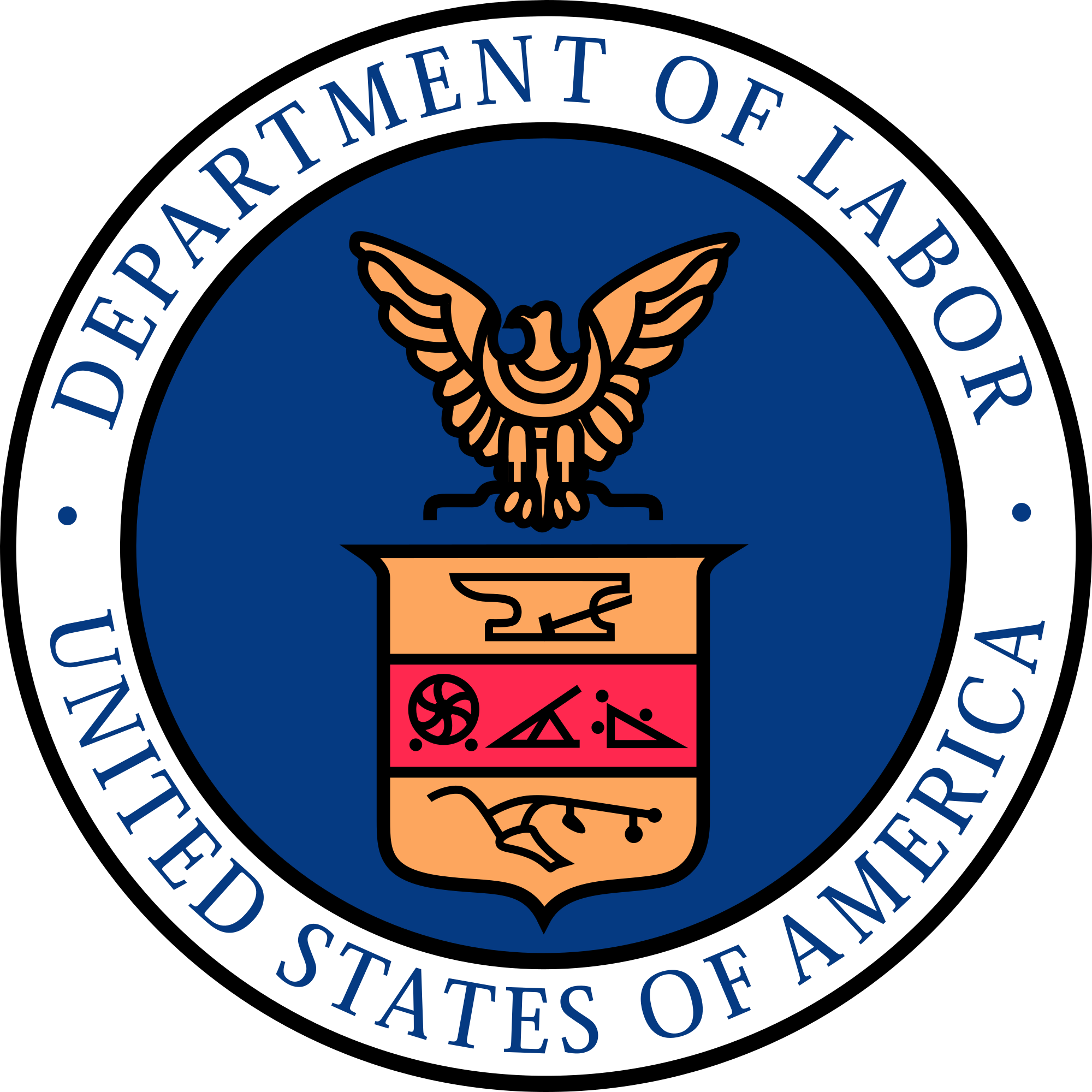
Turf war: Going right at the unions, IRAPs threatened to displace the unions and put private industry groups in charge of identifying what skills and training were important. The Program also promoted the development of apprenticeship programs by third-parties (not unions). Union criticism centered on the concern that trainees could obtain an industry-recognized credential via IRAPs teaching shorter-duration and lower quality training programs than those the unions had historically provided. However, widespread use of IRAPs never occurred due to a lack of Congressional funding and because the Trump Administration was slow to implement them.
Today’s Notice seeks to rescind the IRAPs based on this Administration’s belief that IRAPs had fewer quality standards than Registered Apprenticeship Programs (“RAPs”). RAPs are typically apprenticeship programs USDOL or a state Apprenticeship Agency have validated and usually called upon unions to provide. The Notice contends IRAPs have fewer quality training and worker protection standards, and would undermine the registered apprenticeship system already in place. Thus, the Notice contends RAPs are a “far more effective system than IRAPs for delivering on DOL’s mission to help workers access family-sustaining jobs, protect the safety and welfare of apprentices, and reach out to underserved communities.” The Notice would thus redirect federal resources to RAPs.
Should the DOL issue a Final Rule rescinding IRAPs, USDOL would withdraw recognition of 27 existing SREs which have recognized a reported 175 IRAPs (even though these training programs could continue, even though without DOL recognition). To incent the demise of the existing IRAPs, the Notice provides that apprentices in IRAPs who wish to instead enroll in a RAP due to the loss of USDOL recognition could qualify for advanced standing or credit in any RAP to which they may transfer.
Employers interested to maintain IRAPs should provide comment to the ETA Notice and should advocate in favor of IRAPs. [Practice Tip: This is USDOL in a Democrat Administration run by a former union President. IRAPs are going away. Get over it. Elections have consequences.] However, employers need to consider how important it is to obtain USDOL recognition for their training programs, especially since most employers in this job market are resigned to self-run training academies and on-the-job training. If USDOL recognition is important to an employer, it should begin planning to transition its IRAP apprenticeship training programs over to RAPs. On the other hand, some employers will decide the administrative and procedural costs and time to transition employees and operational plans from IRAPs to RAPs may not be worth the trouble. In that case, those employers may instead continue their apprenticeship programs “as-is” and need not avail themselves of RAPs.
THIS COLUMN IS MEANT TO ASSIST IN A GENERAL UNDERSTANDING OF THE CURRENT LAW AND PRACTICE RELATING TO OFCCP. IT IS NOT TO BE REGARDED AS LEGAL ADVICE. COMPANIES OR INDIVIDUALS WITH PARTICULAR QUESTIONS SHOULD SEEK ADVICE OF COUNSEL.
SUBSCRIBE.
Compliance Alerts
Compliance Tips
Week In Review (WIR)
Subscribe to receive alerts, news and updates on all things related to OFCCP compliance as it applies to federal contractors.
OFCCP Compliance Text Alerts
Get OFCCP compliance alerts on your cell phone. Text the word compliance to 55678 and confirm your subscription. Provider message and data rates may apply.

